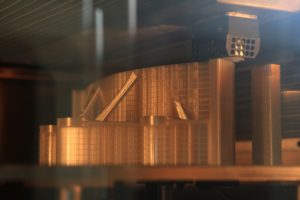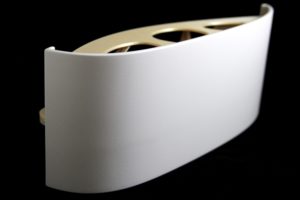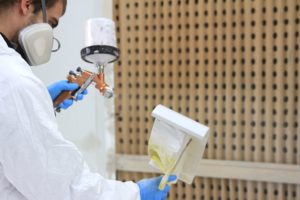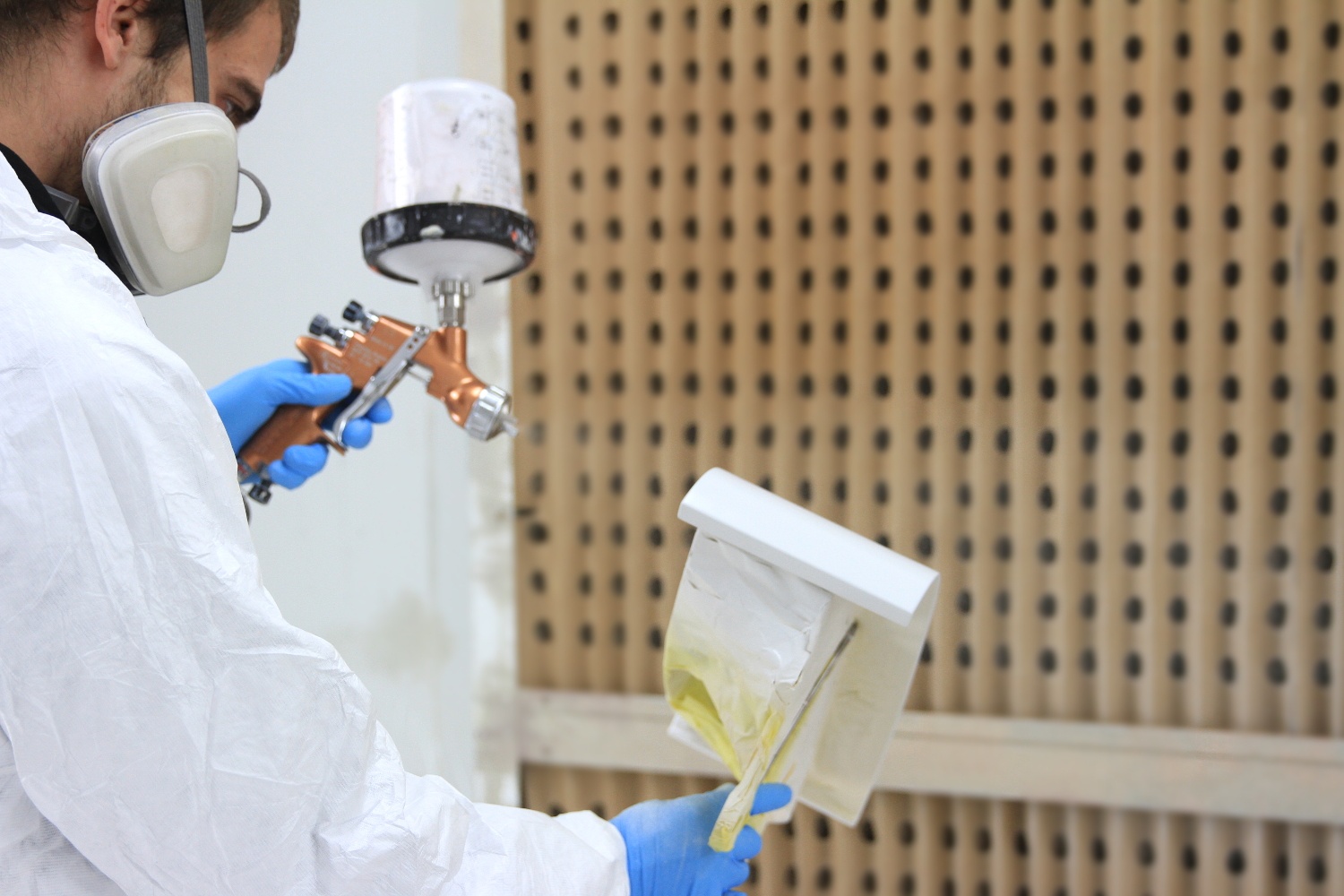Airbus takes on 3D printing with the help of Materialise’s Certified Additive Manufacturing. Materialise continues to firmly plant their foot within the industry by continuously providing their additive manufacturing aid. An example of this is its help in providing 3D printed guides for shoulder surgery.
Materialise’ hand in this situation is a result of Airbus looking for a way to produce spacer panels quickly and effectively for aircrafts. These two factors “quickly and effectively” are especially important to Airbus as they have tight timescales to meet when it comes to retrofitting for aircrafts.

The collaboration between the two companies took effect about two years ago when Materialise announced its manufacture of 3D printed plastic parts for Airbus. This collaboration quickly grew into more than printed plastic as both companies now offer new programs and services. Airbus benefits from the many advantages associated with 3D printing, for example, speed and customization.
Retrofits to take advantage of 3D Printing
 The partnership between Materialise and Airbus resulted in both companies producing 3D printed parts to be used in Airbus’ commercial aircraft. These 3D parts will be visible to passengers within the aircraft as they will be placed by the overhead storage compartments.
The partnership between Materialise and Airbus resulted in both companies producing 3D printed parts to be used in Airbus’ commercial aircraft. These 3D parts will be visible to passengers within the aircraft as they will be placed by the overhead storage compartments.
The manufacture of these printed parts, with the use of additive manufacturing, was a crucial benefit for Airbus as parts had the ability to be customized and its lead-time. Although lead-time is crucial, it was not the only requirement. Quality manager, Geert Appeltans explains, “We can handle incredibly tight lead times, but the foundations for that lie in a carefully honed quality management system. The spacer panels produced for Airbus are more than 3D prints, they’re the output of an entire quality system.” As opposed to the conventional methods, 3D printing enabled the parts to be printed at a quicker pace. The panels are 15% lighter and cost effective. With the conventional method, additional costs would be incurred because of the complexity of the parts.
The specific parts are printed in 3D and then further furnished and painted to the Airbus cabin standards which is a very important aspect as they are visible to the passengers. The 3D printed spacers must keep to Airbus’ aesthetics. 
This project is believed to be a “great example of Certified Additive Manufacturing.” Additive manufacturing within the aeronautics sector is continuously evolving and Airbus’ has chosen to evolve with it. This project for them means that with the help of additive manufacturing, they are able to demonstrate flexibility and lead-time to airlines.
For further information about 3D Printing, follow us on our social networks and subscribe to our newsletter!
Would you like to be featured in the next issue of our digital magazine? Send us an email at contact@3dadept.com






